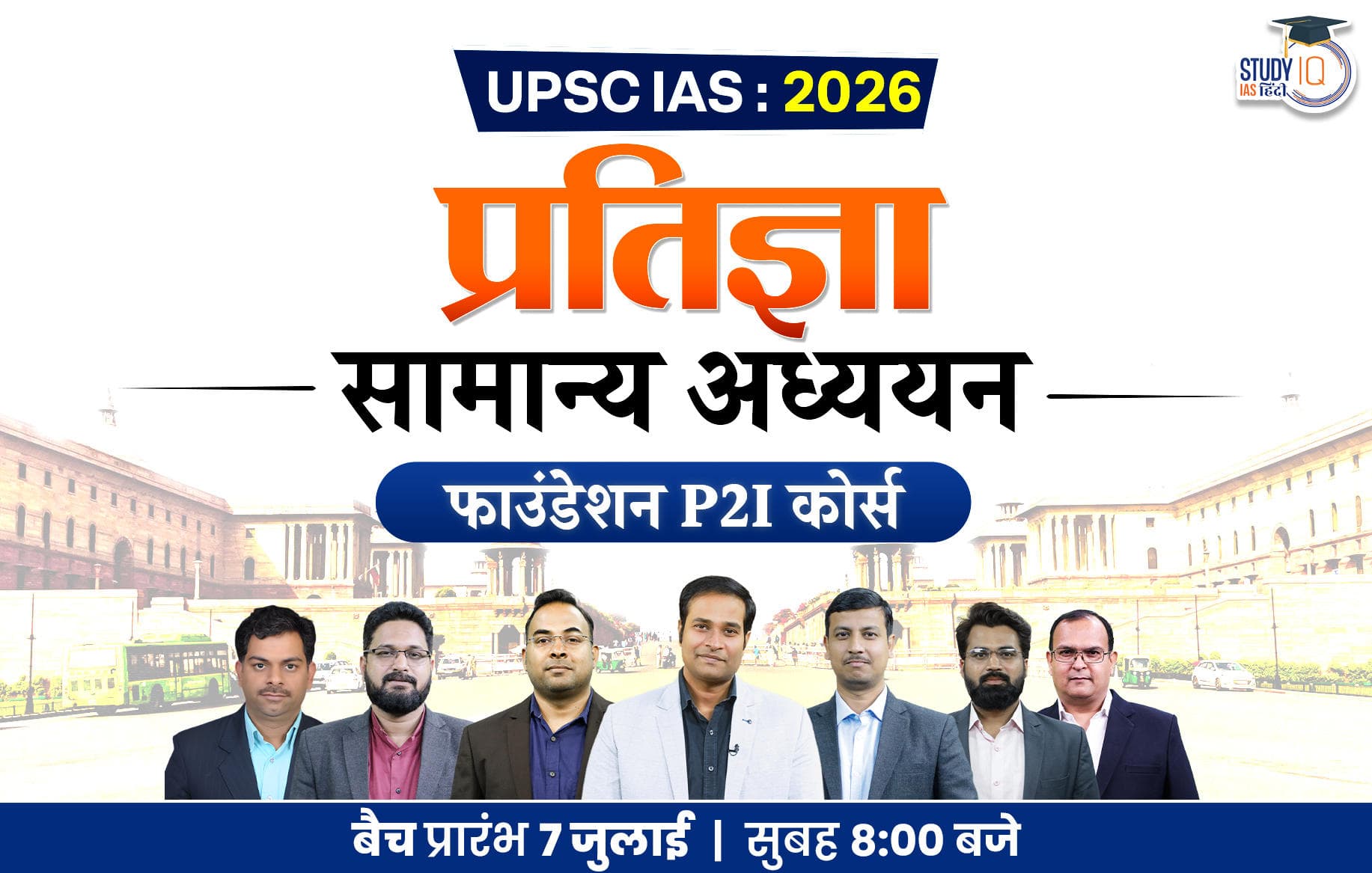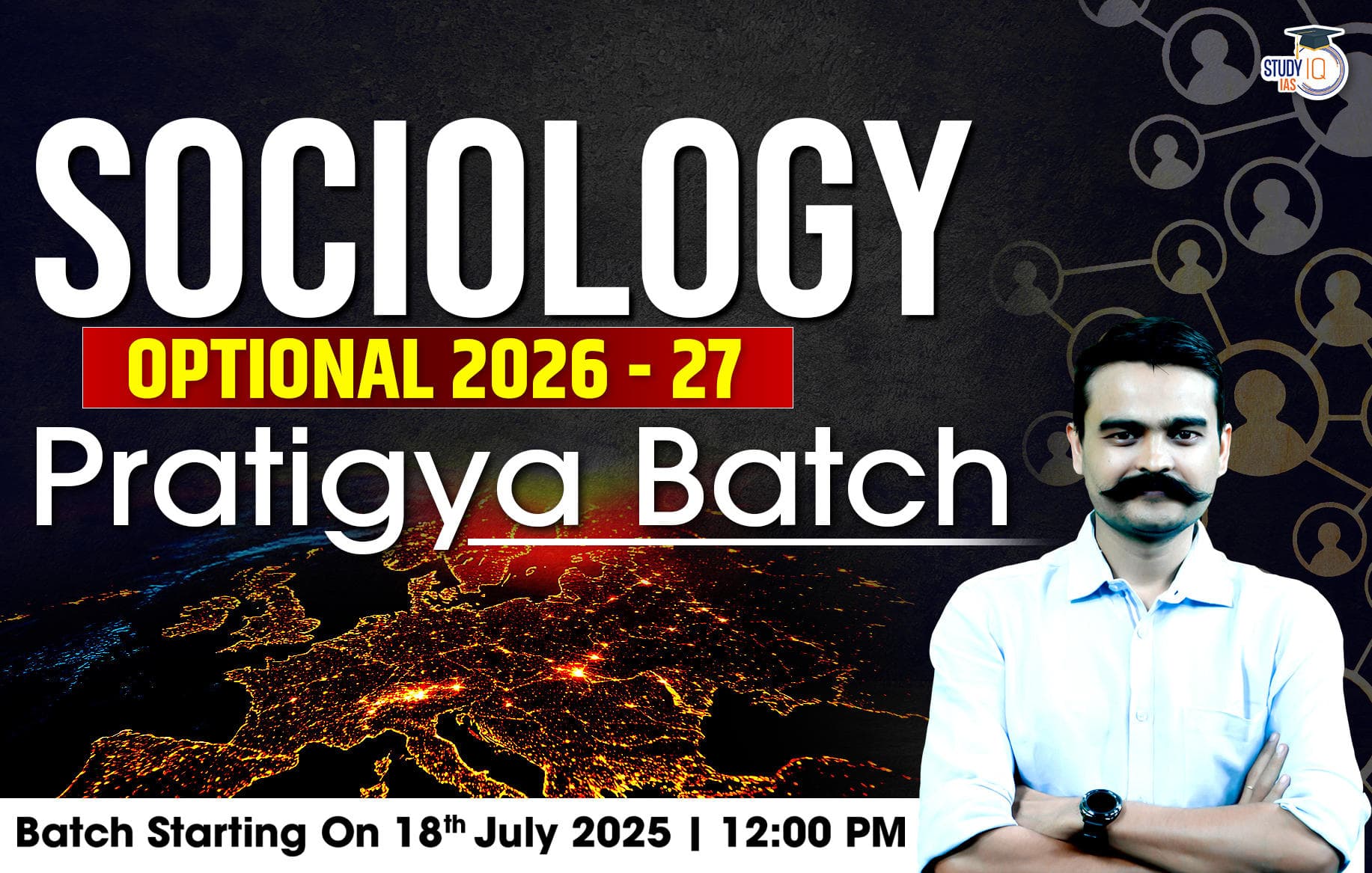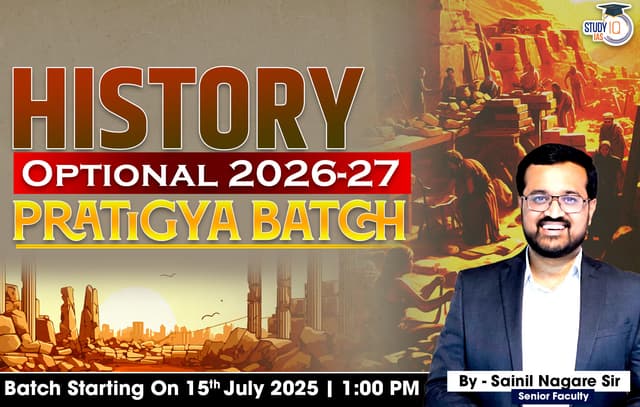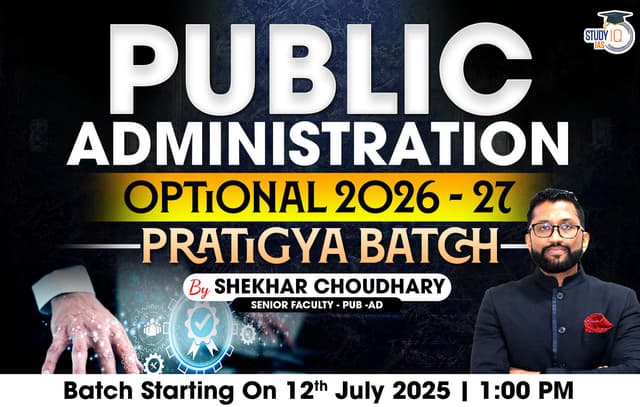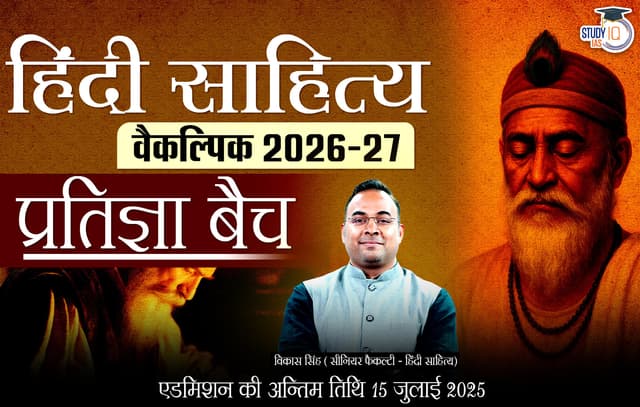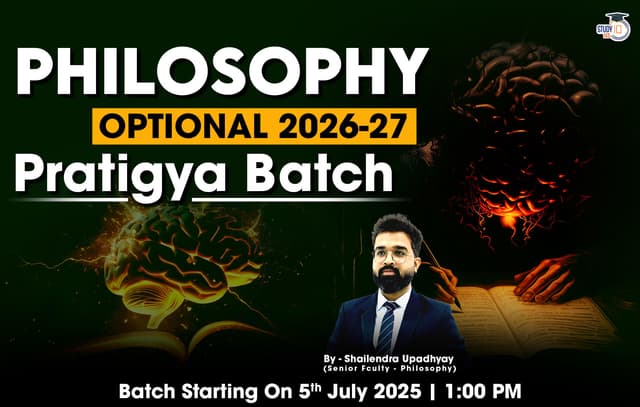Table of Contents
Context: Ahilyabai Holkar Jayanti 2025 is the 300th birth anniversary of Maharani Ahilyabai Holkar on May 31, 2025. Ahilyabai Holkar was born in 1725 in Chondi, Maharashtra. She was a visionary queen of the Malwa kingdom, known for her fair and just rule, encouragement of education, and far-reaching contributions to infrastructure and temple restoration all over India. Read this article to get all about Ahilya Bai Holkar Biography and her key Contributions.
Ahilya Bai Holkar Jayanti 2025
To mark the tricentennial anniversary of Ahilya Bai Holkar, extensive celebrations are being organised throughout India, particularly in Madhya Pradesh, Maharashtra, and Rajasthan.
- At Bhopal, Prime Minister Narendra Modi is presiding over the Mahila Sashaktikaran Mahasammelan, opening key infrastructure projects, such as the Indore Metro and new airports in Satna and Datia. He will also launch a commemorative postage stamp and a special ₹300 coin to mark Ahilyabai Holkar’s commemoration. Furthermore, the National Devi Ahilyabai Award will be awarded to a senior woman artist in traditional art.
- At Indore, the “Main Bhi Ahilya” campaign had women volunteers regulating traffic at 34 prominent junctions, which represents people’s involvement and empowerment of women. Regional Transport Office (RTO) Indore has also given training to 469 women in driving under an employment program.
- In Jaipur, the state government of Rajasthan has made public the distribution of 2,000 scooters free of cost to girls and the launch of 150 Kalika units, which are intended to promote women’s contributions to society. Not only are these festivals celebrating the long-lasting legacy of Ahilyabai Holkar, but also her principles of women empowerment, inclusive administration, and preservation of culture, inspiring generations to follow.
Ahilya Bai Holkar Biography
Ahilyabai Holkar (1725–1795) was among India’s greatest respected and visionary rulers. She was queen of the kingdom of Malwa in western India and was a member of the Maratha dynasty’s Holkars. Upon her husband Khanderao Holkar’s death and the subsequent death of her father-in-law Malhar Rao Holkar, Ahilyabai became the ruler of the kingdom in 1767.
| About Ahilya Bai Holkar | |
| Born | 31 May 1725 |
| Birth Place | Chondi village, Ahmednagar district (Maharashtra) |
| Marriage | Married to Khanderao Holkar in 1733 |
| Son | Male Rao Holkar |
| Ascension to Power | After the death of her husband, Khande Rao Holkar, in the Battle of Kumbher against the king of Bharatpur in 1754 |
| Died | 13 August 1795 (aged 70) Rajwada, Indore |
Key Contributions of Ahilya Bai Holkar
- Effective Governance: Ahilyabai was remembered for her fair and able administration, ushering in peace and prosperity in her domain.
- Public Welfare: She constructed many wells, roads, rest houses, and dharmashalas in India.
- Temple Rebuilding: She is particularly respected for rebuilding and constructing hundreds of temples in India, such as:
- Kashi Vishwanath Temple in Varanasi
- Dashaswamedh Ghat in Varanasi
- Temples in Somnath, Ayodhya, and Mathura.
- Culture Promoter: A benefactor of education, literature, and the arts.
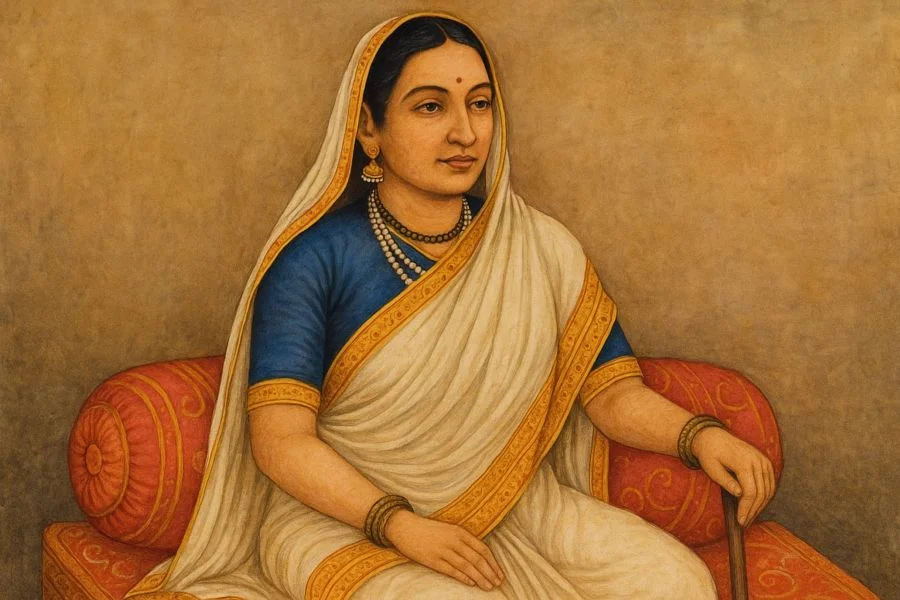
Leadership and Administration
- Reign: In 1767, the Peshwa permitted Ahilyabai to annexe Malwa.
- She became the Indore ruler on 11 December 1767 by ascending to the throne.
- Maharani Ahilyabai governed Malwa in a fair, sage, and erudite way for the next 28 years (1767 to 1795)
- Malwa, under Ahilyabai, saw relative peace, prosperity, and stability, and her capital, Maheshwar, was converted into an oasis of literary, musical, artistic, and industrial activities.
- Political Leadership: Distinguished for her administrative acumen and political neutrality, she ruled the kingdom with a deep sense of well-being for her people.
- Military and Security: She appointed Tukoji Holkar, a reliable warrior of her father-in-law Malhar Rao Holkar, as the head of her forces.
Religious and Cultural Contributions
- Faith and Philosophy: A pious Hindu herself, Ahilya Bai was present at Purana recitals and yagnas, incorporating her faith in her governance.
- Temple Restorations and Contributions:
- In 1780, Ahilya Bai Holkar sponsored the reconstruction of the Kashi Vishwanath Temple in Varanasi, nearly 100 years after it was destroyed by the Mughal emperor Aurangzeb.
- She sponsored the construction of the Somnath Temple in 1783.
- Ahilya Bai Holkar also renovated other holy places such as Badrinath, Dwarka, Omkareshwari, Gaya, and Rameswaram.
- Besides, she patronised the establishment of resting inns for pilgrims and public ghats.
- Innovations: For defensive purposes, to save these temples from intrusions, she innovated and placed idols inside hidden shrines under the temples.
Economic and Social Development
- Maheshwari Sarees: Ahilya Bai promoted the production of Maheshwari sarees, which provided income for weavers and became a cultural emblem.
- Urban and Environmental Development: She contributed to the development of Indore and the conservation of forests and wildlife.
- Trade and Commerce: Under her rule, trade flourished, enhancing the prosperity of her state.
Social Inclusion and Legacy of Ahilya Bai Holkar
- Ahilyabai Holkar is remembered as an exemplary ruler and a symbol of female empowerment and leadership. Her reign is regarded as a golden age in Malwa’s history. She was a deeply religious woman, empathetic, and devoted to working for her people unconditionally.
- She remains celebrated today in the form of statues, institutions, and by people of Madhya Pradesh and even the world, who consider her an epitome of enlightened and compassionate leadership.
Ahilya Bai Holkar’s reign exemplified the ideals of Ram Rajya, marked by prosperity, faith restoration, and social harmony. Her multifaceted governance went beyond mere temple renovations to encompass a holistic development approach that continues to inspire future generations.

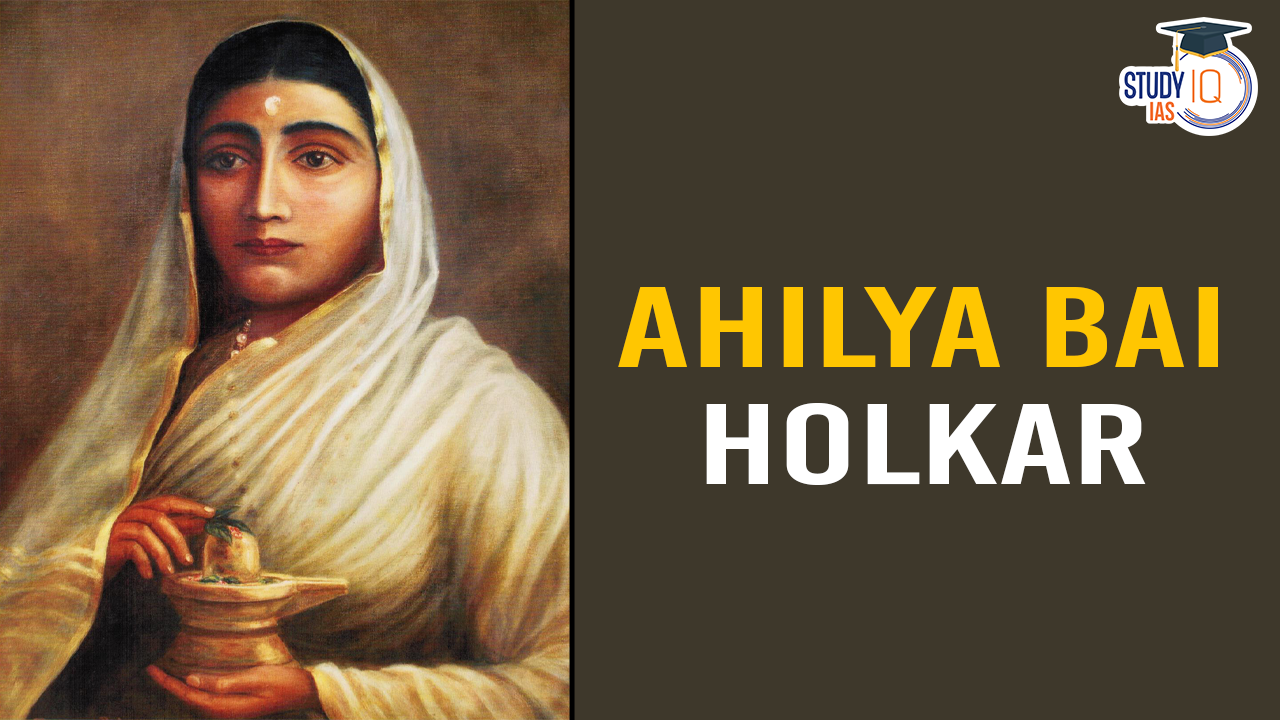
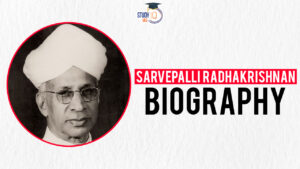 Dr. Sarvepalli Radhakrishnan Biography, ...
Dr. Sarvepalli Radhakrishnan Biography, ...
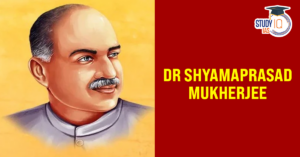 Dr. Shyama Prasad Mukherjee Biography, L...
Dr. Shyama Prasad Mukherjee Biography, L...
 Savitribai Phule Biography, Early Life, ...
Savitribai Phule Biography, Early Life, ...


